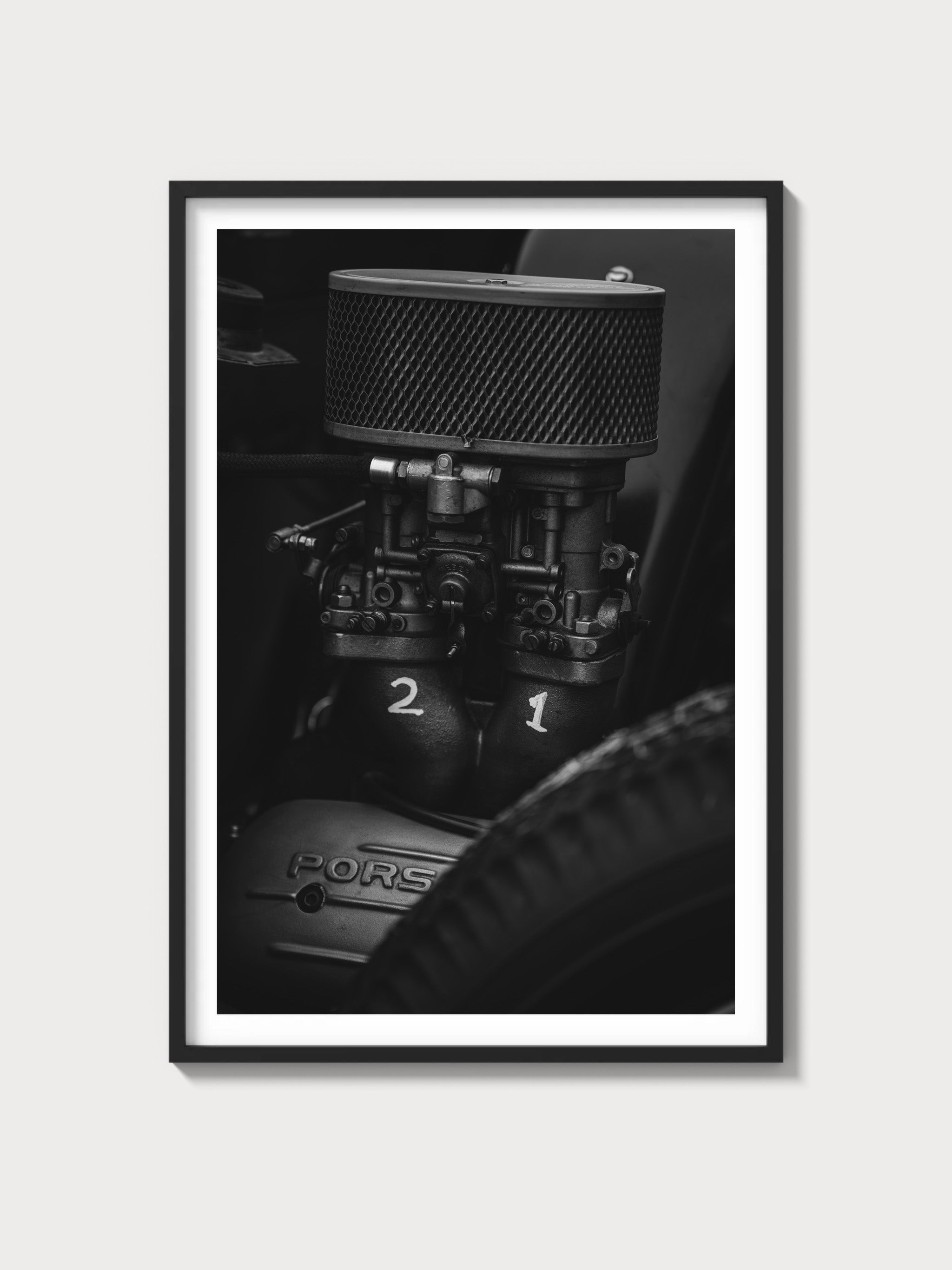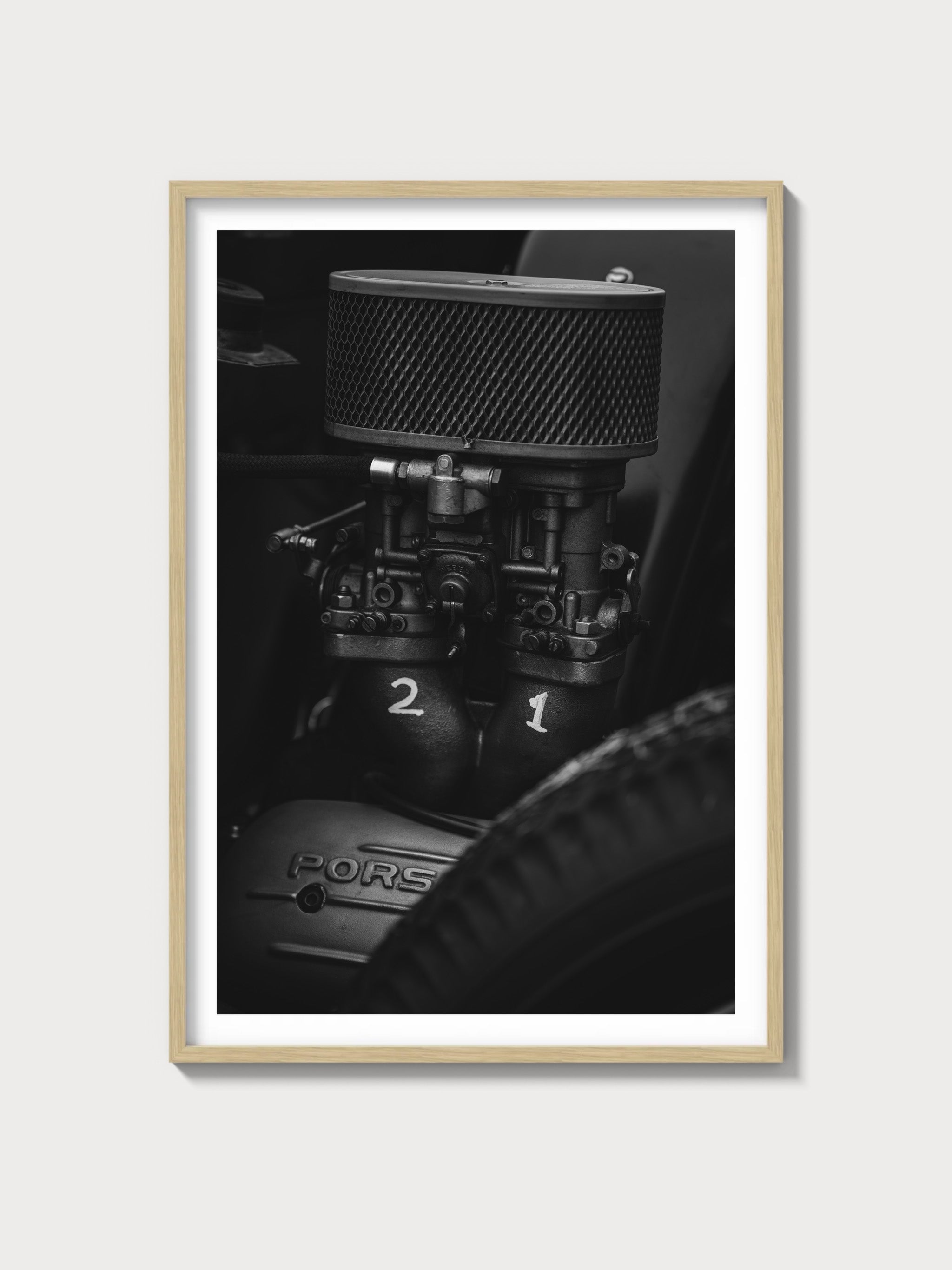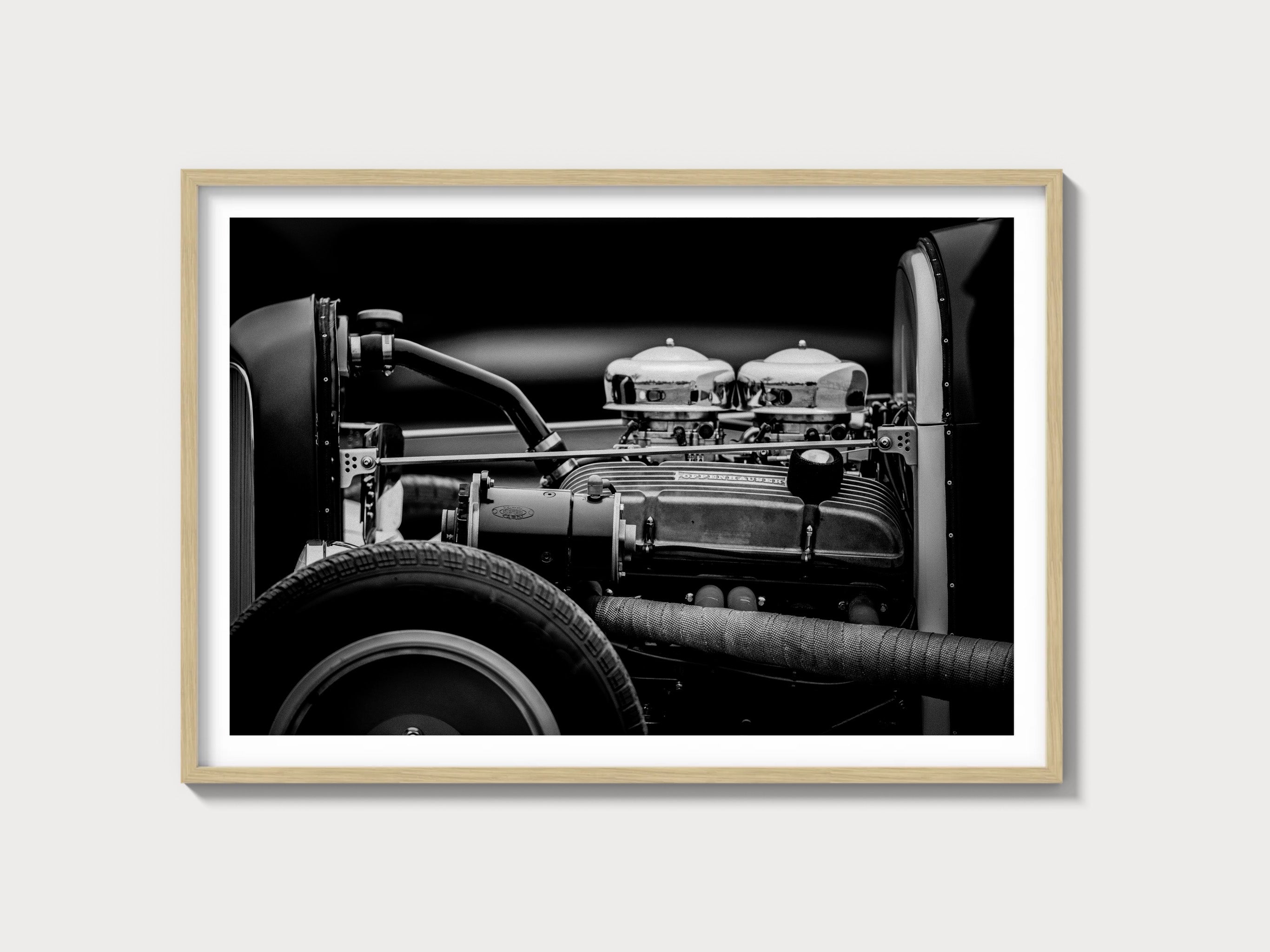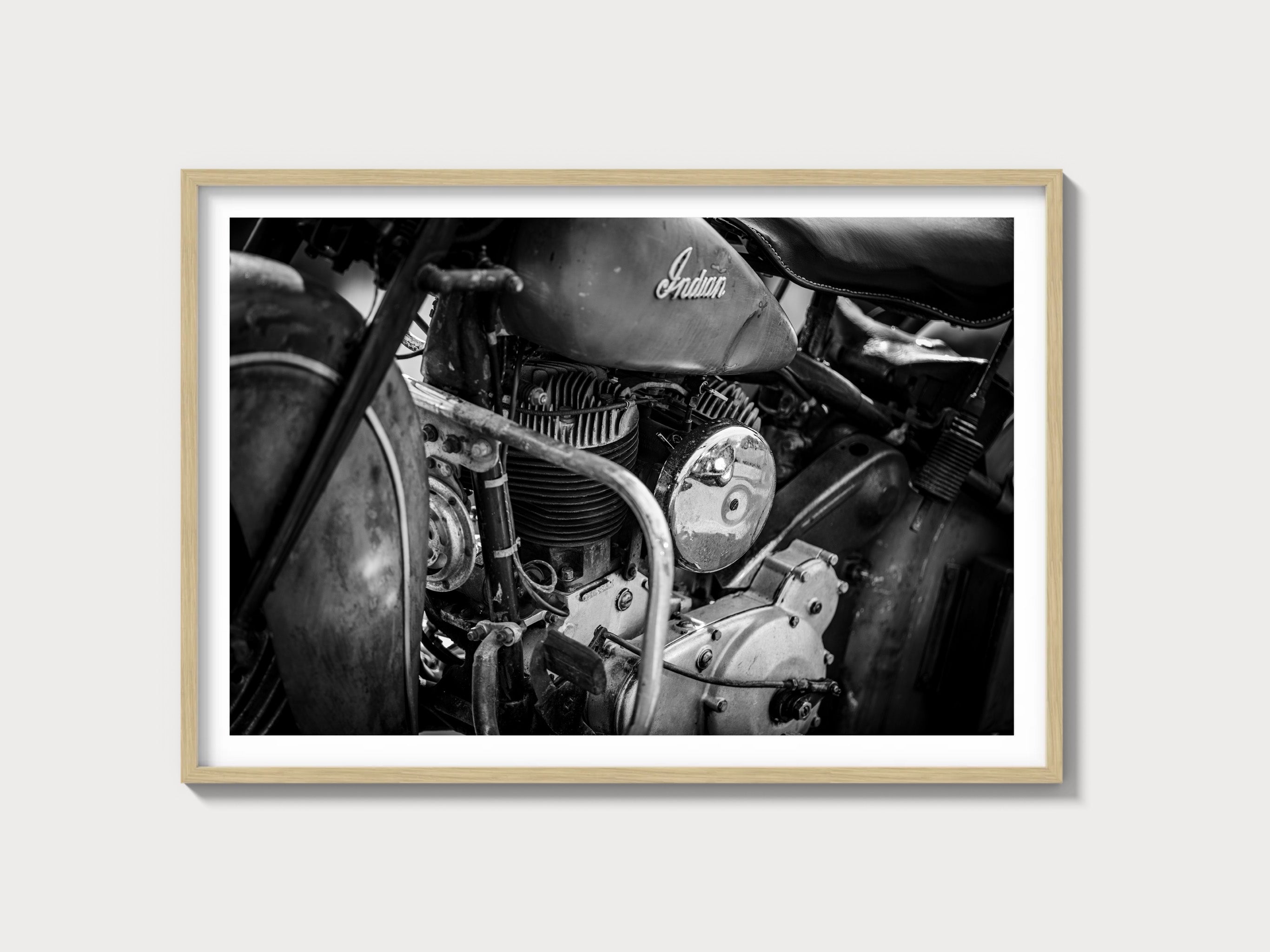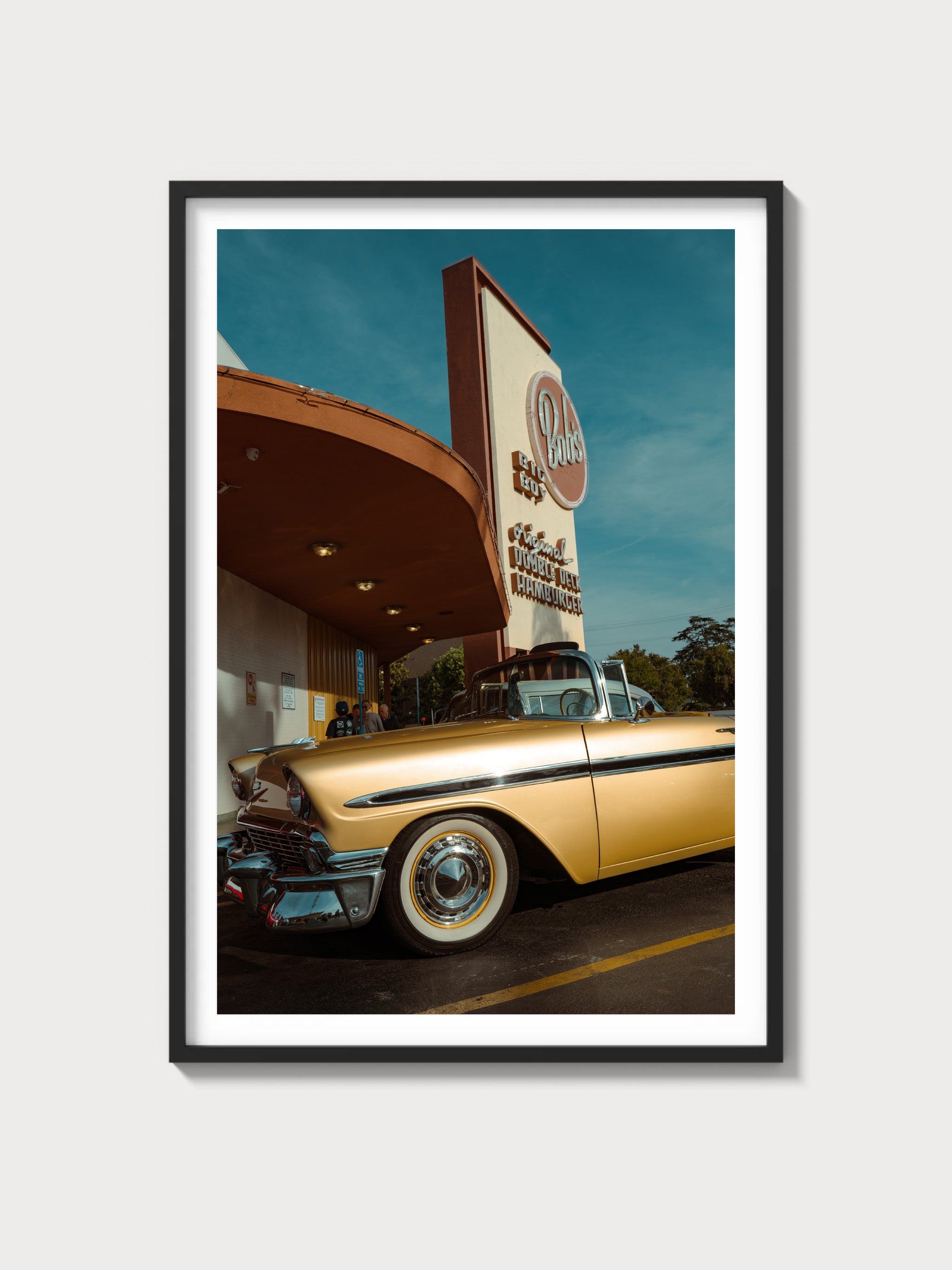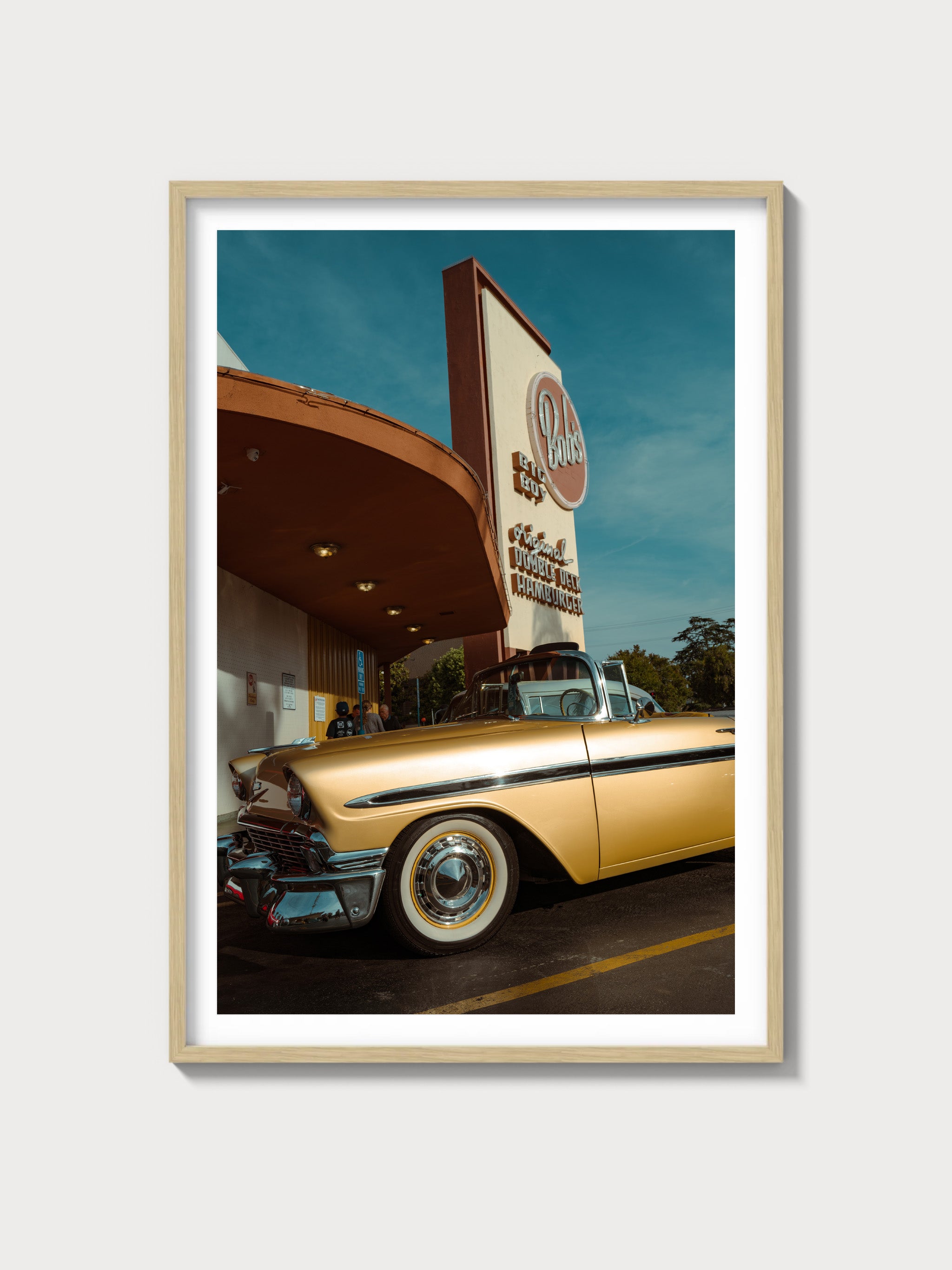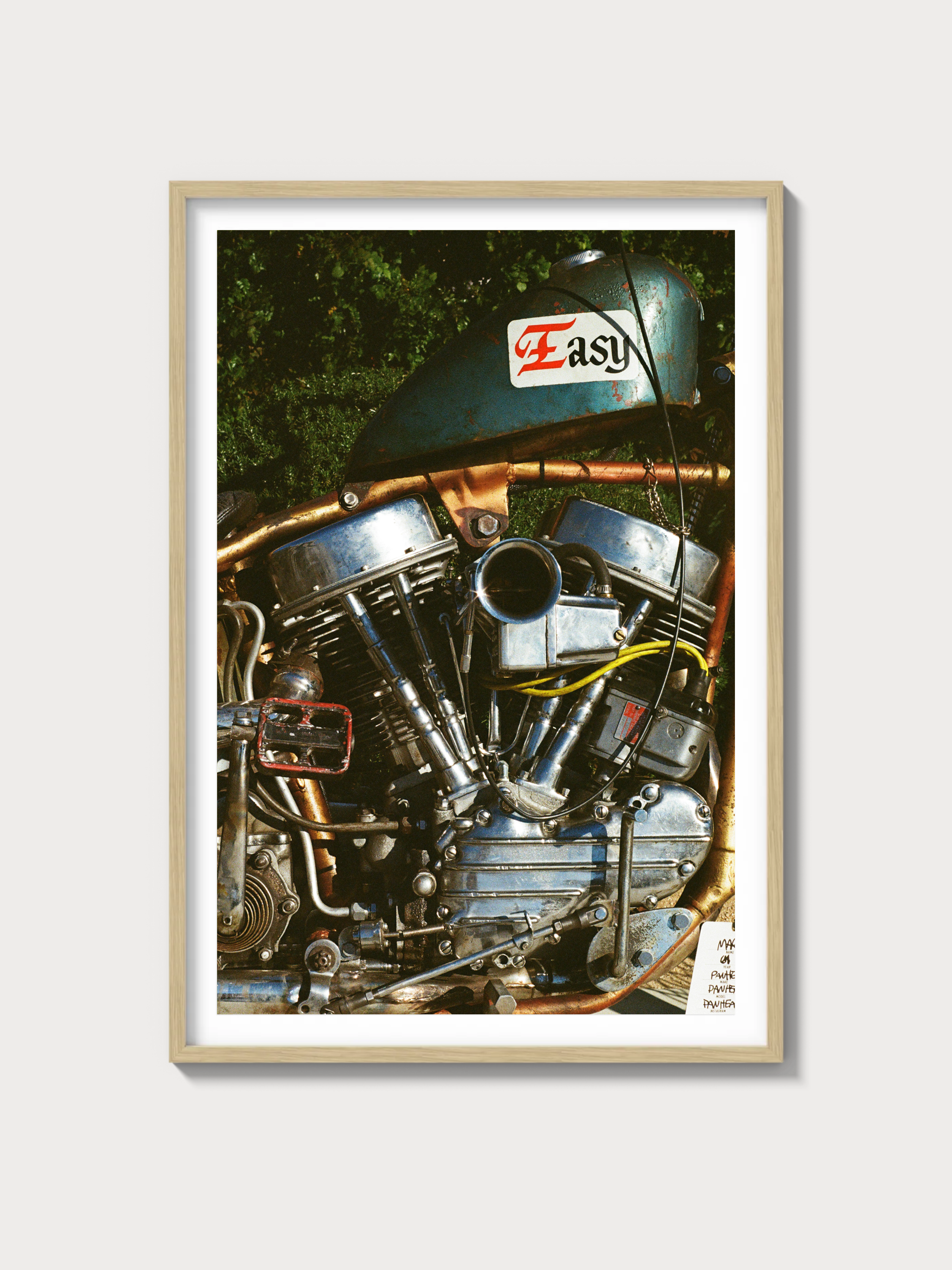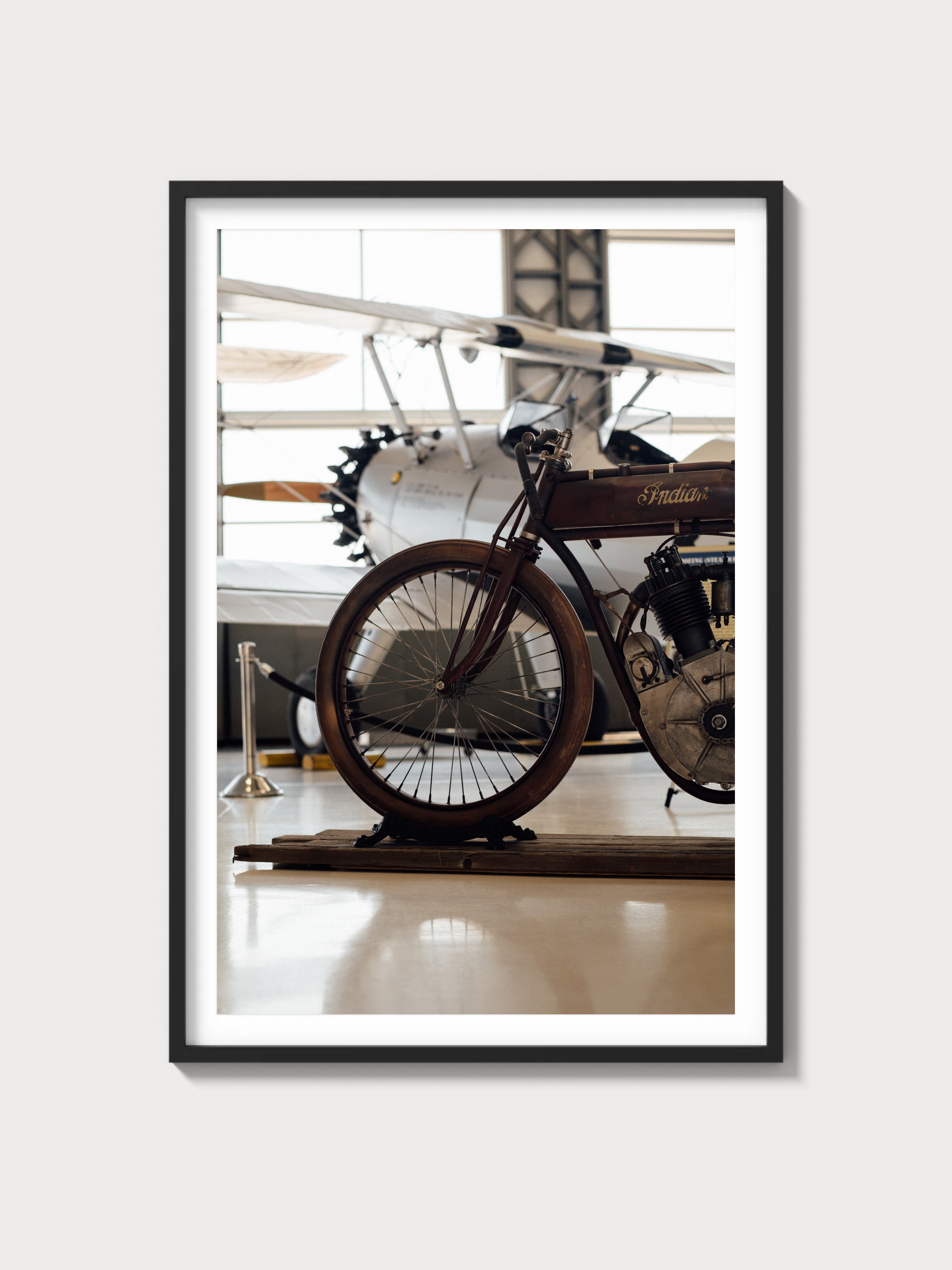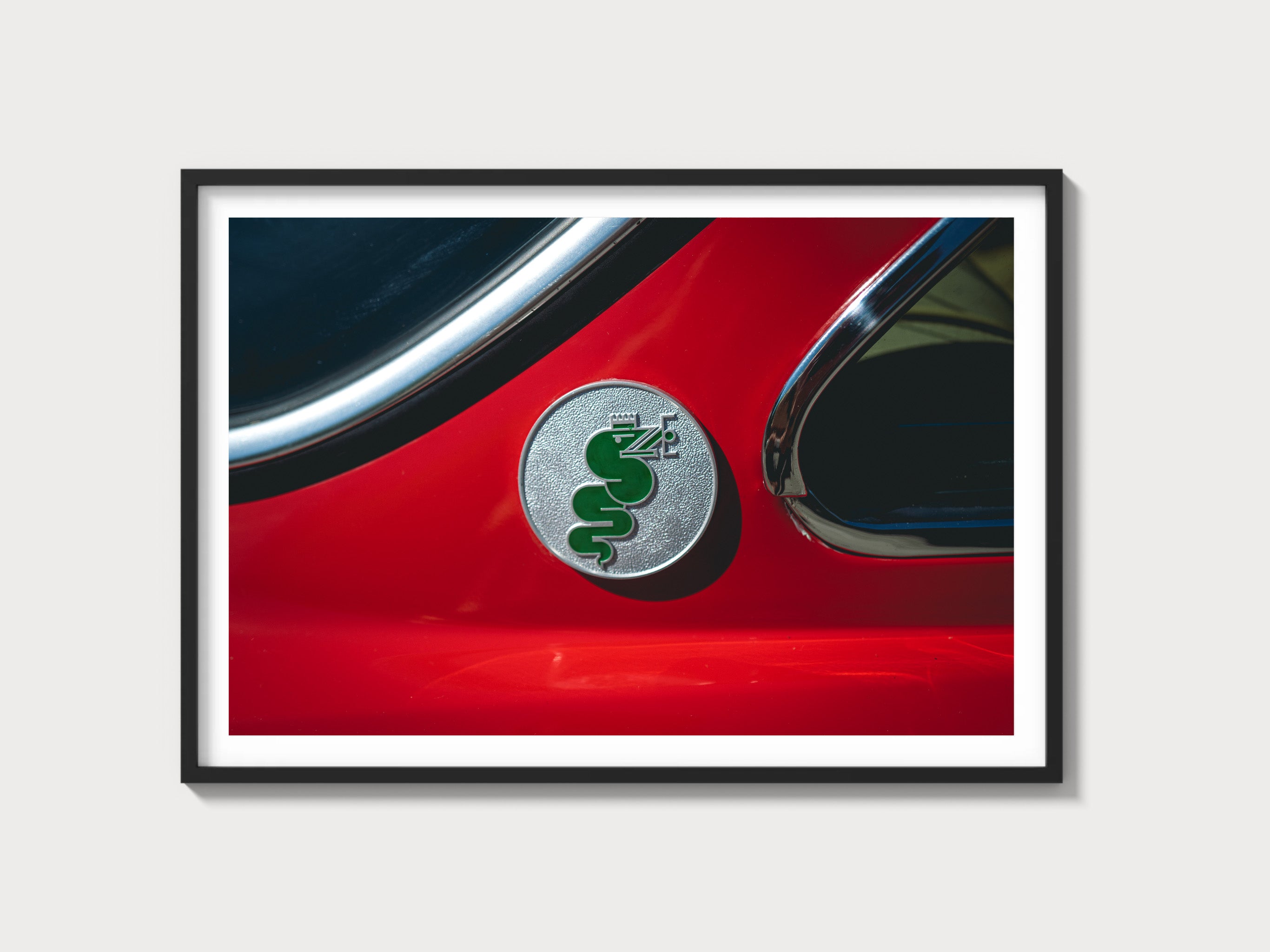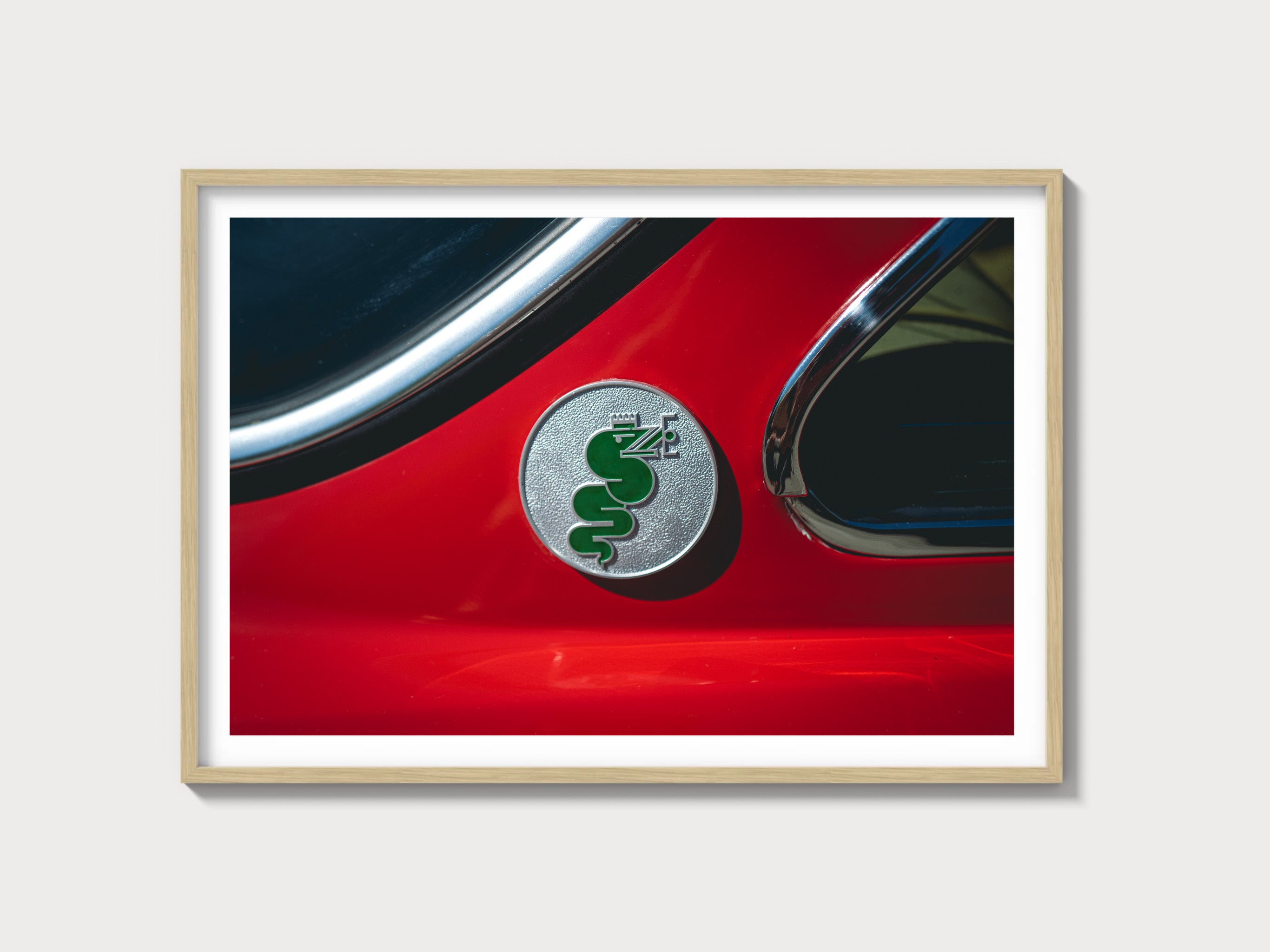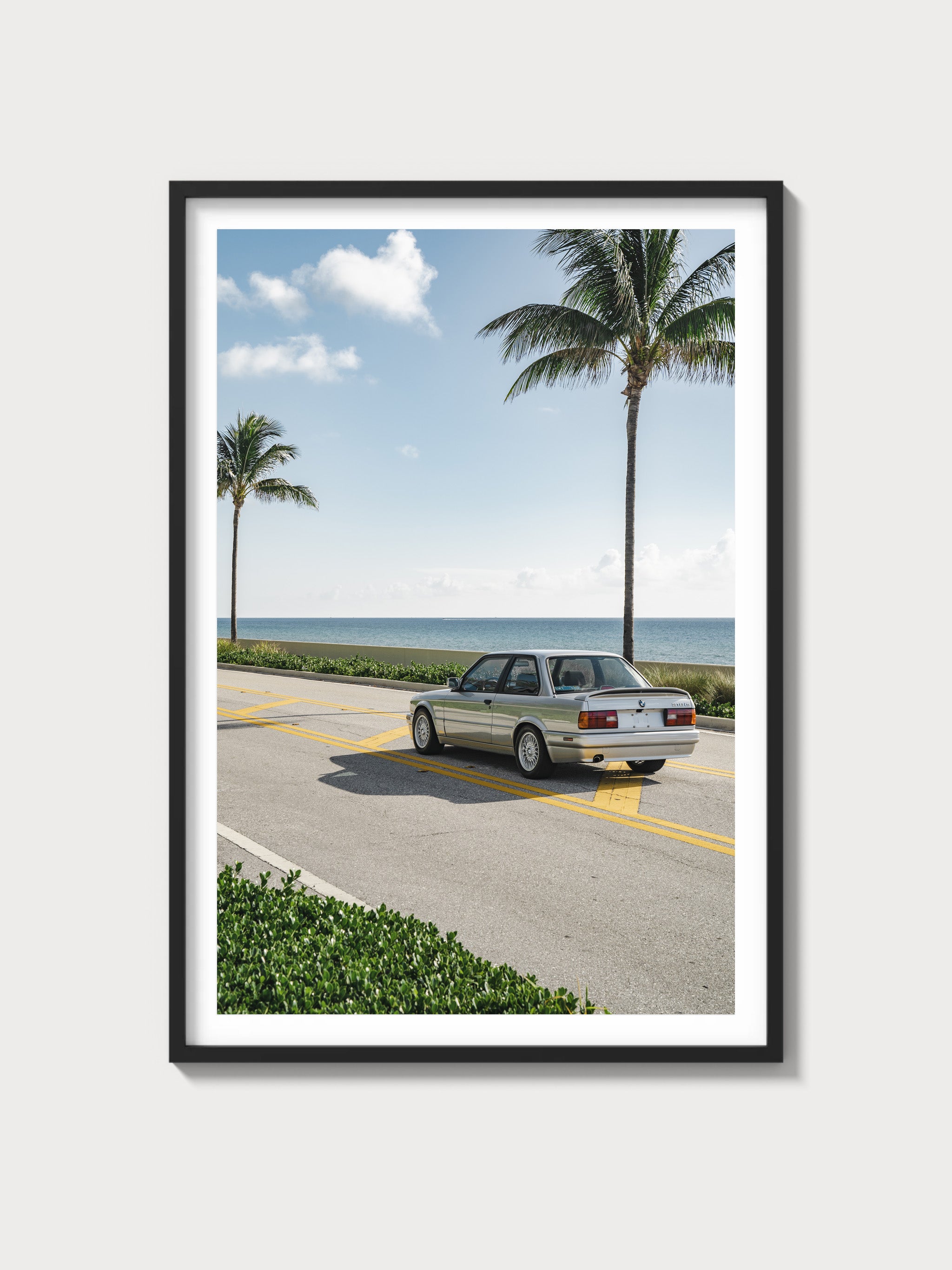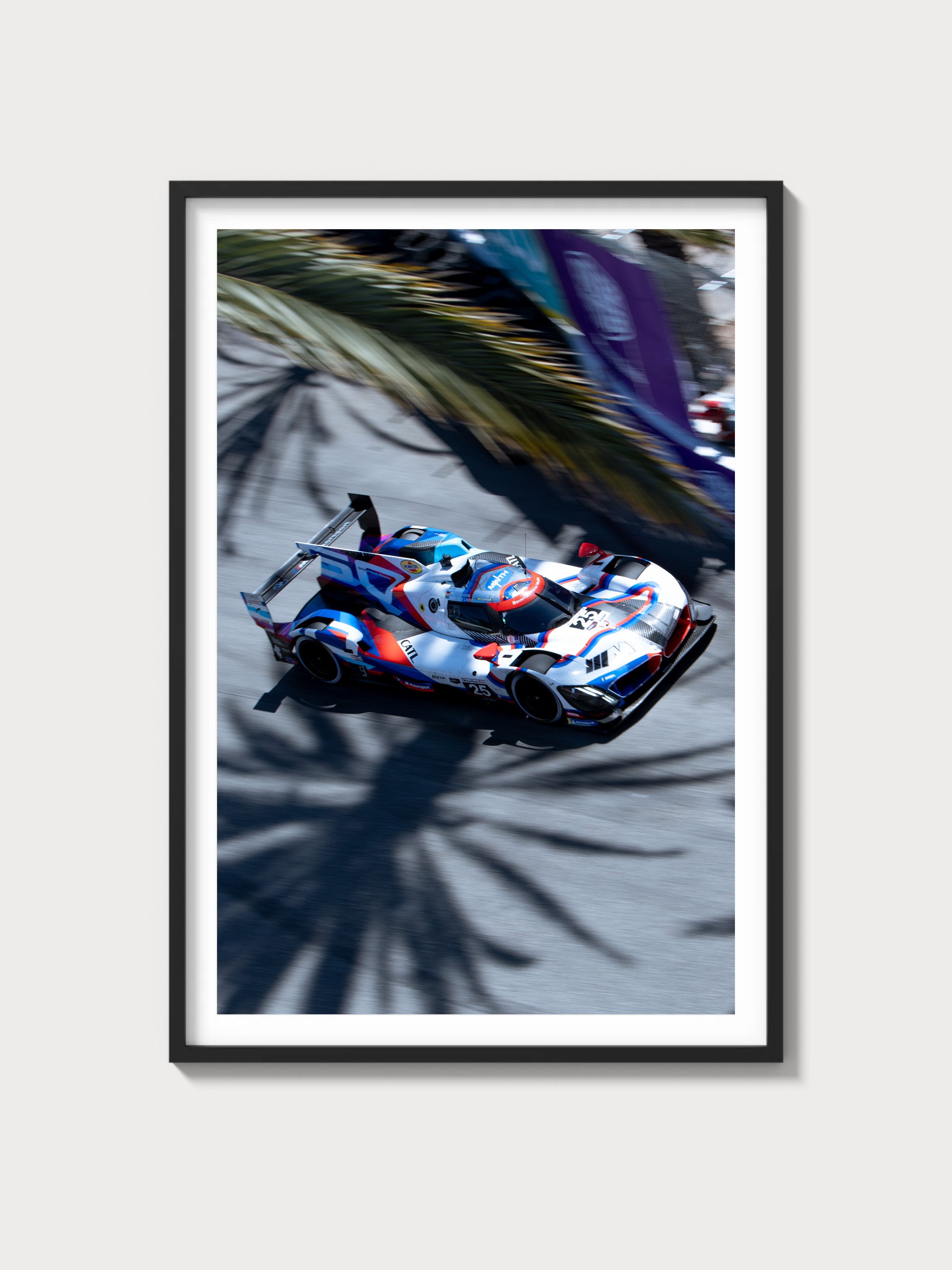Ferrari 330 GT 2+2: The Definitive History, Specs, and Legacy
Introduction: Ferrari’s Refined Four-Seater
In the distinguished lineage of Ferrari’s grand tourers, the 330 GT 2+2, introduced in 1966, stands as a refined milestone—a four-seat coupe that blended practicality with the marque’s signature performance. Powered by a 4.0-liter Colombo V12, this model saw 571 units crafted by Pininfarina, evolving from the 250 GT 2+2. With its updated styling and mechanical upgrades, it offered a versatile GT experience for families and enthusiasts alike.
The year 1966 marked a period of transition for Ferrari, its racing triumphs—275 GTB, 250 GTO—complementing road car innovation. Unveiled as part of the 330 series’ evolution from 1964, the 1966 Series II refined the design at the Geneva Motor Show. This exhaustive history, crafted with a Ferrari historian’s precision, explores its technical advancements, its sophisticated styling, its subtle racing ties, and its lasting legacy.
Historical Context: Ferrari’s Family GT Evolution
The Ferrari 330 GT 2+2 emerged during a flourishing era for Maranello. By 1966, Ferrari’s racing pedigree—500 Superfast’s luxury, GTO’s dominance—had solidified its prestige, yet the demand for practical road cars grew. The 250 GT 2+2’s 353-unit run (1960-1963) pioneered Ferrari’s four-seater concept, but its 3.0L V12 and early design needed renewal. The 330 GT 2+2, launched in 1964 with a 4.0L V12 and refined in 1966, answered, offering a spacious GT for a broader audience.
A total of 571 units were built (1964-1967)—Series I (458 units, 1964-1965) with quad headlights, and Series II (113 units, 1966-1967) with dual headlights and a 5-speed gearbox—all Pininfarina coupes. Chassis 07983, a Series II prototype, debuted at Geneva in March 1966, its sleeker lines reflecting Pininfarina’s evolution. This was a car for cosmopolitan families—European nobility, American executives—its volume showcasing Ferrari’s industrial maturity amid Italy’s 1960s prosperity.
The broader context of 1966 shaped its purpose. Europe’s GT market thrived—Jaguar XJ-S, Mercedes 280 SE—while America’s luxury segment expanded. The 330 GT 2+2 bridged Ferrari’s performance heritage with family-friendly refinement, its V12 tying it to the 275 GTS.
Technical Specifications: The Colombo V12’s Practical Tune
The Ferrari 330 GT 2+2’s essence was its 4.0-liter Colombo V12—a robust engine balanced for grand touring. Below, we dissect its engineering with historian’s detail.
Engine: Colombo’s 4.0-Liter Versatility
Displacing 3,967 cc (bore 77 mm, stroke 71 mm), the 330’s V12 was an upsized evolution of the 250’s unit, shared with the 400 Superamerica. With a single overhead camshaft per bank, an 8.8:1 compression ratio, and triple Weber 40 DFI/5 carburetors, it produced 300 horsepower at 6,600 rpm—60 hp more than the 250 GT 2+2. The aluminum block and heads, wet-sump lubrication, and 60-degree V-angle weighed 300 lbs, delivering 240 lb-ft of torque at 5,000 rpm.
This engine was a touring stalwart. Chassis 08941, a Series II model, showcased its smooth power, prioritizing reliability over racing sharpness.
Performance: Composed Speed
The 330 GT 2+2 reached 152 mph (245 km/h)—verified by Road & Track’s 1966 test—trailing the 275 GTB’s 165 mph due to its heavier build, with a 0-60 mph time of ~6.8 seconds. Its power-to-weight ratio (217 hp/ton) lagged behind the 275 GTB (255 hp/ton) but excelled among four-seaters.
Chassis and Suspension: Comfortable Stability
The chassis was a tubular steel ladder frame, weighing 1,380 kg (3,042 lbs)—heavier than the 250 GT 2+2’s 1,350 kg due to its larger body. Its 2,650 mm wheelbase (longer than the 250’s 2,600 mm) enhanced rear legroom. Front suspension used double wishbones with coil springs, while the rear featured a live axle with semi-elliptic leaf springs and Koni shocks, tuned for a plush ride.
Transmission and Brakes: Refined Mechanics
A 5-speed manual gearbox—synchronized, introduced in Series II—drove the rear wheels, its ratios (1st: 2.50, 5th: 0.90) favoring cruising (Series I used a 4-speed with overdrive). Braking relied on 14-inch Dunlop disc brakes, delivering 0.9g deceleration—standard for its class.
| Specification | Details |
|---|---|
| Engine | 4.0L V12, 300 hp @ 6,600 rpm |
| Displacement | 3,967 cc (77 mm x 71 mm) |
| Top Speed | ~152 mph (245 km/h) |
| 0-60 mph | ~6.8 seconds |
| Weight | 1,380 kg (3,042 lbs) |
| Transmission | 5-speed manual (Series II; Series I 4-speed + OD) |
| Suspension (Front) | Double wishbone, coil springs |
| Suspension (Rear) | Live axle, semi-elliptic leaf springs |
| Brakes | Hydraulic discs, 14-inch |
Design and Styling: Pininfarina’s Family Elegance
The Ferrari 330 GT 2+2’s aesthetic was a blend of sophistication and utility, crafted by Pininfarina.
Exterior: Sleek Evolution
Pininfarina built all 571 coupes—Series I (e.g., 05781) featured quad headlights and a tall grille, finished in Nero Daytona, while Series II (e.g., 07983) adopted dual headlights and a lower stance. The 2,650 mm wheelbase stretched its roofline, with steel bodies and aluminum hoods balancing style and strength.
Interior: Four-Seat Refinement
The cabin was a luxurious haven: leather seats for four (tan or black), a wood-rimmed steering wheel, and Veglia gauges—tachometer (7,500 rpm redline), speedometer, oil pressure. Bespoke touches—08941’s walnut trim—elevated it beyond the 250 GT 2+2, offering practical elegance.
Production and Variants: A Family GT Success
The Ferrari 330 GT 2+2’s 571-unit run (1964-1967) spanned two series: Series I (458 units, 1964-1965) and Series II (113 units, 1966-1967). Chassis 05781 launched the line, while 09439 closed it, transitioning to the 365 GT 2+2. No racing variants existed—its focus was the road.
Performance and Racing Legacy: A Tourer’s Quiet Power
The Ferrari 330 GT 2+2 racing history is minimal, its grand touring ethos dominant. Chassis 06231, tuned to 310 hp, ran the 1966 Coppa Inter-Europa, placing mid-field among privateers. Its true stage was the highway—Autostrada, Route 66—where its 152 mph top speed and composed handling shone.
Ownership and Market Value: A Practical Classic
The Ferrari 330 GT 2+2 value reflects its rarity and versatility. Early owners included Italian industrialists and U.S. families. Today, prices range $200,000-$350,000—chassis 07983 sold for $310,000 at Bonhams 2023. Restoration costs—V12 rebuilds at $100,000—highlight its appeal.
Cultural Impact: Ferrari’s Family GT Benchmark
The 330 GT 2+2 advanced Ferrari’s four-seater lineage, its V12 and Pininfarina design influencing the 365 GT 2+2. In 1960s lore, it’s the car of stylish family tours, a cornerstone of Maranello’s GT evolution.
Comparisons: Ferrari 330 GT 2+2 vs Rivals
The Ferrari 330 GT 2+2 vs Jaguar XJ-S pits 300 hp V12 against 287 hp V12—Ferrari led in prestige, Jaguar in value. The Mercedes 280 SE (170 hp) trailed in power but matched in luxury.
| Model | Engine | Power | Weight | Top Speed |
|---|---|---|---|---|
| Ferrari 330 GT 2+2 | 4.0L V12 | 300 hp | 1,380 kg | ~152 mph |
| Jaguar XJ-S | 5.3L V12 | 287 hp | 1,750 kg | ~143 mph |
| Mercedes 280 SE | 2.8L Straight-6 | 170 hp | 1,600 kg | ~118 mph |
Frequently Asked Questions
What was the Ferrari 330 GT 2+2?
A 1966 4.0L V12 grand tourer.
How many were made?
571 units.
What engine powered it?
3,967 cc Colombo V12, 300 hp.
Did it race?
Rarely—built for touring.
What’s its value?
$200,000-$350,000.




